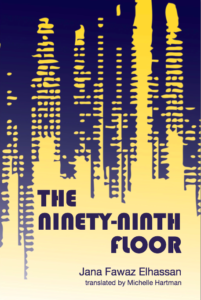
One Wednesday morning late in the rainy season of 1964, I sat at the open window of my room overlooking the tiny hill town of Kunchha, where I lived. I was watching huge clouds expand overhead, upward and outward across the blue Himalayan sky. I knew that by noon the temperature and the humidity would rise proportionately. Those cumulonimbus clouds are the largest, most magnificent and dramatic of the nimbuses, and experience told me that they were the harbingers of a rainstorm that would blow in around tea time.













